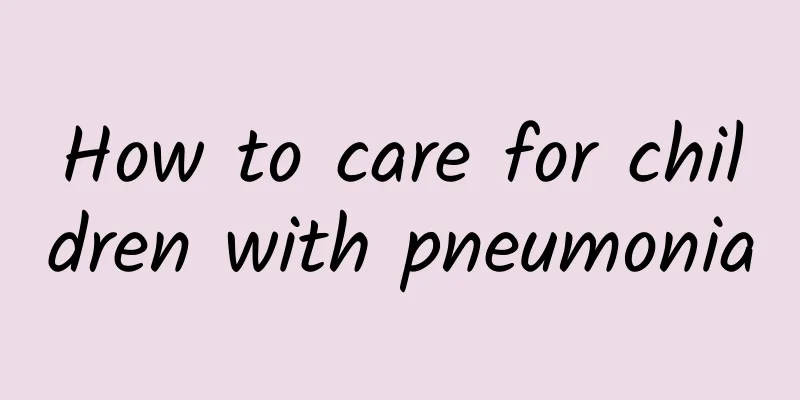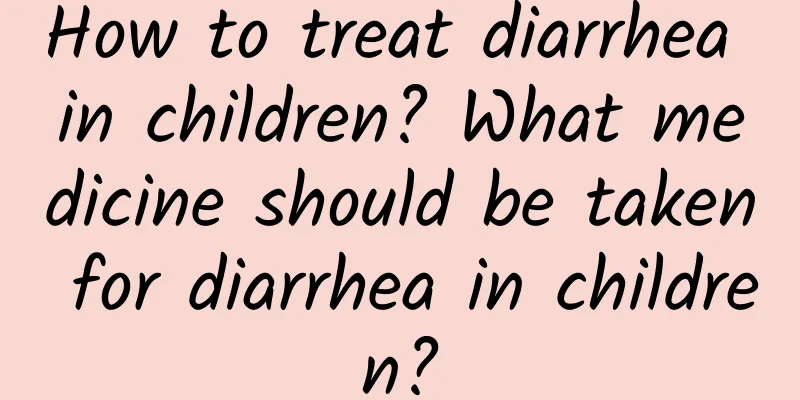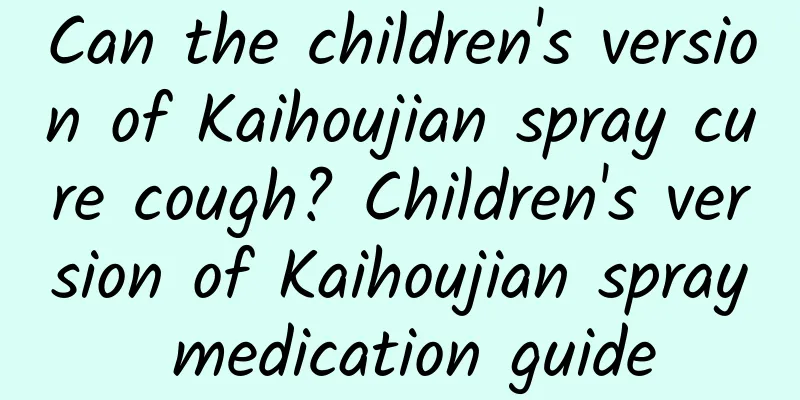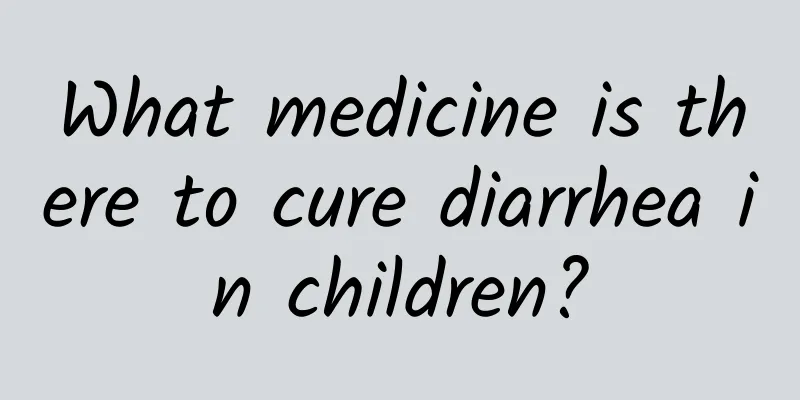How to care for children with pneumonia

|
Many diseases may occur in the neonatal period, and pneumonia is one of them. The occurrence of pneumonia can cause the child to have severe cough symptoms and fever that persists. After the onset of the disease, attention should be paid to strengthening the care of the child. The following will introduce to you the care measures for neonatal pneumonia. 1. Maintain appropriate temperature and humidity, with the room temperature at 24-26℃ and the humidity at an appropriate level. Premature infants and those whose body temperature does not rise can be placed on a far-infrared radiation warming table or in a warming box to keep the skin temperature of the newborn at 36.5℃. 2. Feeding should be based on small amounts and multiple times. Do not feed too much each time to prevent vomiting and aspiration. When feeding artificially, the nipple hole should be small to prevent choking. Severe cases can be fed with a nasogastric tube or intravenous rehydration. If necessary, plasma can be transfused in small amounts and multiple times, and intravenous nutrition solution can be used. 3. Place the child in a side-lying position with the head elevated to reduce breathing difficulties and cyanosis. Change the position frequently to facilitate the discharge of respiratory secretions. Treatment and care should be concentrated to keep the child quiet to prevent the child from crying and increasing the burden on the heart. 4. Keep the respiratory tract unobstructed and clear the respiratory secretions in time. If the secretions are thick and difficult to aspirate, you can first use atomization inhalation, 15-20 minutes each time, and add chymotrypsin, dexamethasone and corresponding antibiotics to the atomization liquid. 5. Oxygen inhalation: Oxygen is generally given by mask and hood, with a flow rate of 3-5L/min and oxygen concentration. CPAP is the first choice for children with severe illness or type I respiratory failure or type II mild respiratory failure. If cyanosis and hypoxia persist, artificial respirator can be used. 6. Use a micro-infusion pump to control the infusion speed to avoid infusing a large amount of fluid in a short period of time, causing pulmonary edema and leading to heart failure. After learning the relevant knowledge, we have a special understanding of the relevant care methods for neonatal pneumonia. Once the symptoms of pneumonia appear around the newborn, the child will suffer. As parents, we should fully understand neonatal pneumonia. Don’t worry too much if you suffer from this disease. Go to the hospital for treatment in time and pay attention to relevant care in life. |
<<: Precautions for children with pneumonia
>>: Nursing and health care for children with pneumonia
Recommend
Why does my child not cough during the day but cough at night? Is it effective to let the child drink warm water to relieve cough?
If the child is normal during the day but coughs ...
What medicine should children take for cough
Children need to take four main types of drugs fo...
What are the symptoms of mumps
Symptoms of mumps mainly include swollen parotid ...
How much does it cost to treat neonatal jaundice?
How much does it cost to treat neonatal jaundice?...
Early symptoms of hand, foot and mouth disease in children
The initial symptoms of hand, foot and mouth dise...
What is the common sense of polio care?
Polio is an infectious disease. Many children hav...
Is jaundice a serious liver disease?
Is jaundice a serious liver disease? If jaundice ...
Reasons for high jaundice in babies
Newborns have too many red blood cells in their b...
Can coughing in children lead to anemia?
Can coughing in children lead to anemia? Coughing...
What is the best medicine for malnutrition?
Can malnutrition be treated with drugs? I believe...
What are the causes of cough in children?
Coughing is a common symptom, but it is more like...
Rural folk remedies for curing mumps
Mumps, especially in rural areas, is often seen a...
What are the contraindications for hernia in children? These 4 points should be avoided
Hernia is very common in children. Although the h...
Do children need blood tests for pneumonia?
Many pneumonia patients and their families are co...
TCM Diagnosis of Diarrhea in Children
With the arrival of summer, all kinds of cold foo...









